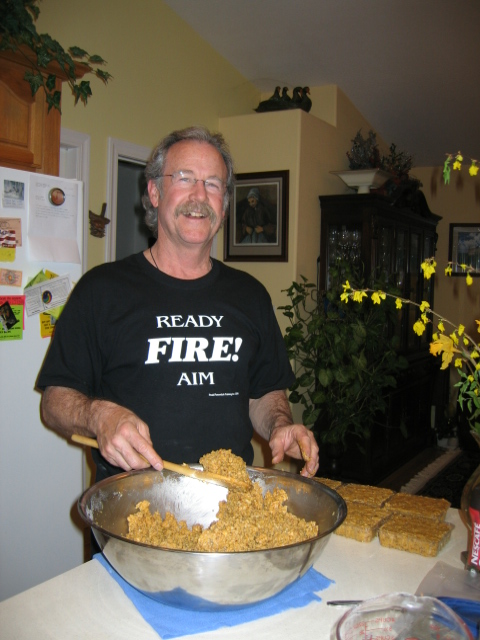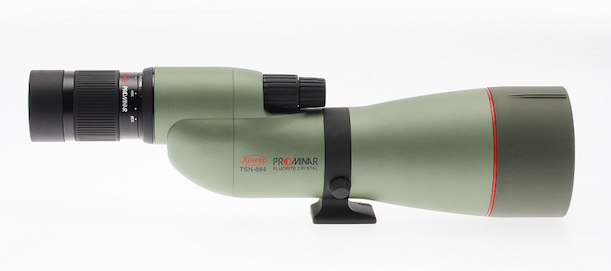by Larry Jordan
on March 1, 2008

Brigitte took these photos of me making suet last night
Here in northern California it can get really hot in July and August. We’re talking sometimes over 115 degrees! So I began making my own “no melt suet” and the birds absolutely LOVE it!
Sure I have put out the store bought stuff and they will eat it. But I have to tell you, if I put out a store bought suet cake and one of mine at the same time, the birds will go through 3 or 4 of my suet cakes before the store bought one is anywhere near gone.
So, I thought all of you might want my recipe along with a couple of tips on how I make my suet so you can have birds pecking your door down and screaming at you to fill up the suet feeder when it’s empty. [continue reading…]
{ }
by Larry Jordan
on February 28, 2008
I just read this great article on Will Taft’s blog at:
http://willtaft.com/organic-food/bird-friendly-coffee/
He writes “Recently, when reaching for the organic beans, I noticed a big “Bird Friendly” label on the bag. I thought “Oh that’s cool”, but did not have any idea what it really meant. I had read about the importance of supporting economically and environmentally sustainable coffee producers and importers, and when the choice is available, I will always choose organic food, but this was the first time I had heard of “bird friendly” coffee.”
I am going to do some research and find some bird friendly coffee in my area!
{ }
by Larry Jordan
on February 27, 2008

Wood Duck male photo by Steve Berliner
What an incredibly beautiful bird is the Wood Duck. Many people actually consider the wood duck as being the most beautiful of all water fowl. They are about 19 – 21 inches long with an average wingspan of 29 inches. As you can see from this great photo by Steve Berliner, the adult male or drake has distinctive multi-colored iridescent plumage and red eyes.
The female, as you will see in another photo, is less colorful. She is mostly brown and has a white eye ring and a white throat. Both the male and female have crested heads. Listen to the wood duck’s call here:
[audio:http://www.buildyourownbirdhouseplans.com/audio/WoodDuck2.mp3]
The wood duck is one of the only ducks that nests in trees. There breeding habitat is near wooded swamps, marshes, shallow lakes and ponds in eastern North America and the west coast of the U.S. and Mexico. When they are swimming wood ducks bob their heads back and forth in a jerking motion making them pretty easy to spot.
[continue reading…]
{ }
by Larry Jordan
on February 21, 2008

North Island Brown Kiwi (Apteryx mantelli)
The Kiwi are species of flightless birds that are endemic to New Zealand. This is the national bird of New Zealand and all five species of kiwi are endangered. The North Island Brown Kiwi shown above is the most common of the kiwi. They stand about 16 inches high and the females weigh about 6 pounds, the males nearly 5 pounds.
Kiwi are shy and usually nocturnal. They have a highly developed sense of smell which is unusual in the world of birds and they are the only birds with nostrils at the end of their long bill. This makes it easier for them to find their prey of small invertebrates, seeds, grubs and worms.
I’m writing this to highlight the celebration of the 1000th Operation Nest Egg chick that hatched out February 17th at the Kiwi Encounter in Rotorua, New Zealand. These birds have been driven to extinction by several factors including loss of habitat, predation by non-native species introduced to New Zealand and human habitation over the past centuries. Operation Nest Egg is a huge effort undertaken by the New Zealand government and non-profit and community groups to save these endagered birds.
If you want to learn more about how you can help save these endangered species of New Zealand go here: Save the Kiwi . If you want to read more about this interesting flightless bird, check out this blog: Saving New Zealand’s National Bird
{ }








Social Media Connect